8 Famous Companies That Aren’t Profitable

Even if cash is king, a business doesn't always have to turn a profit to be a success. In fact, some of the biggest companies in segments like tech and lifestyle have yet to break even.
Make Money With AI and Chat GPT: How To Earn $1,000 a Month
Find Out: How To Build Your Savings From Scratch
What's keeping them in business is their potential for growth and investors who believe that future gains later are better than money in hand now. They're sacrificing profits today, the bulls believe, to invest for success down the road.
The bears, on the other hand, would just feel better if they saw some black ink.
Either way, here's a look at 11 companies that you might be surprised to learn are not known for turning a profit.
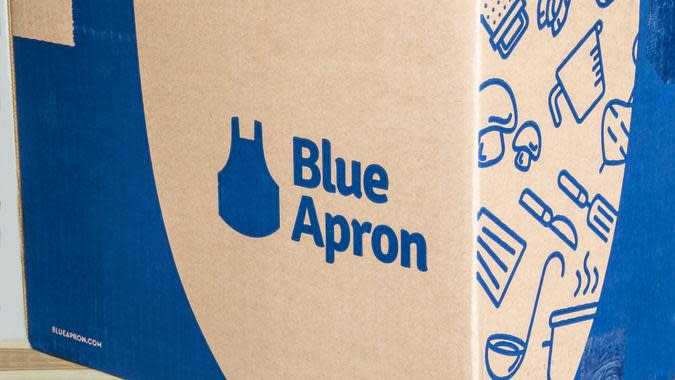
Blue Apron
Everyone can be an at-home chef thanks to Blue Apron, the grocery delivery and recipe service established in 2012. The company went public in 2017 with a valuation of $1.9 billion -- but it was an up-and-down ride until the pandemic sent demand for in-home cooking subscriptions soaring. A COVID-19-inspired mega-bump in subscriptions allowed Blue Apron to briefly introduce itself to profitability, according to the Wall Street Journal, but the greeting was brief.
Zelle Scams on Facebook Marketplace: How To Recognize and Avoid Them
Why Is My Cash App Payment Pending? 5 Reasons and Solutions
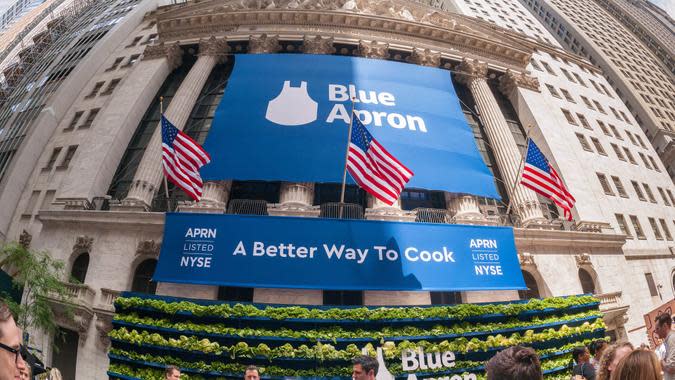
Why Blue Apron Isn't Profitable
Blue Apron always had high marketing costs, always struggled to attract new customers, and always had trouble retaining the customers it already had. In addition, Blue Apron had to deal with an increasingly competitive market space as more and more meal-delivery services sprang up in the late 2010s -- HelloFresh and Sunbasket are hot on Blue Apron's tail. According to Coresight Research, meal-kit companies enjoyed growth of 70% in 2020. But that rate slowed as restaurants returned to peak capacity, down to 20% in 2022, according to The Business Research Company. If Blue Apron couldn't cling to a fleeting profit during the best of times, the future is uncertain.
Also: 22 Side Gigs That Can Make You Richer Than a Full-Time Job
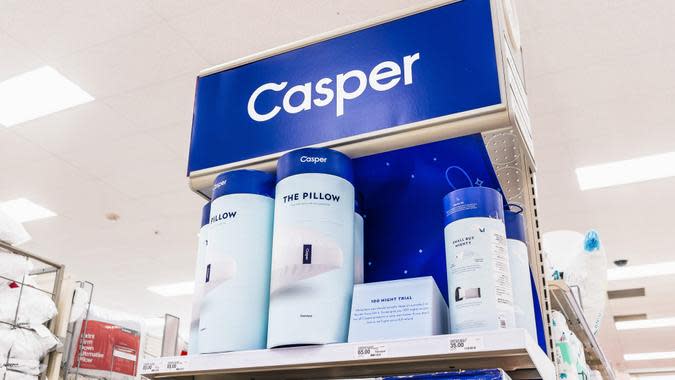
Casper
Direct-to-consumer mattress brand Casper was established in 2013 and quickly attracted big-name investors like Leonardo DiCaprio, Ashton Kutcher and 50 Cent. The company went public on Feb. 5, 2020, with a valuation of $476 million, according to Crunchbase. Casper stated in its filing that it wouldn't be profitable any time soon, Forbes reported. But a few months later in August, the Wall Street Journal reported that Casper had announced that it expected to turn a profit in mid-2021.
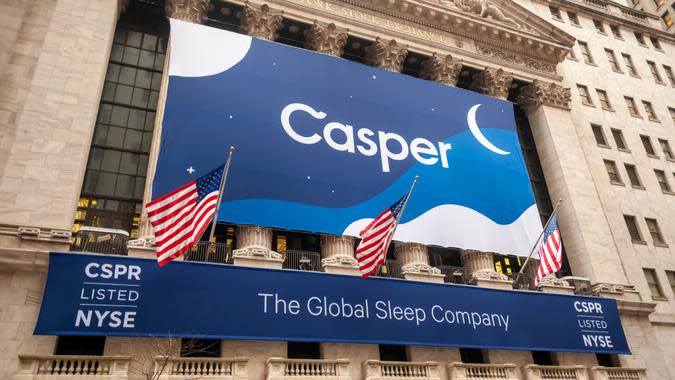
Why Casper Isn't Profitable
Mid-2021 came and went, and Casper failed to keep its promise. On Aug. 10, shareholders punished the stock with a bruising selloff of more than 14% when the company announced it would now not turn a profit until 2022. The company has yet to disclose its net loss for the full year 2022. Like so many other businesses in so many other segments of the economy, Casper had fallen victim to supply chain woes, labor inflation and the rising cost of raw materials, according to Seeking Alpha.
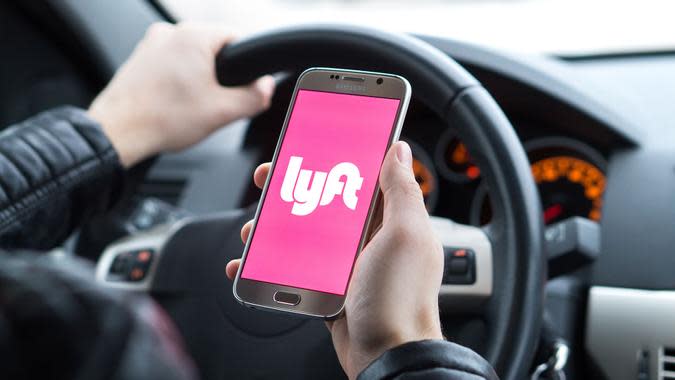
Lyft
Ride-sharing app Lyft was founded in 2012 and became a publicly traded company in March 2019. With a valuation of $24 billion at its IPO, stocks opened at $72 a share. The stock value has dropped significantly since then, with the current value hovering around $10.
How To Buy ChatGPT Stock: Your 2023 Guide to AI Investing
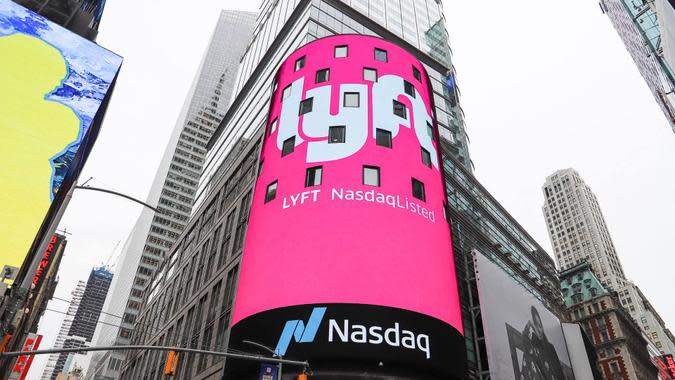
Why Lyft Isn't Profitable
The last time Lyft's operations generated positive cash flow was the third quarter of 2019, according to TechCrunch. But when using the EBITDA format -- a stricter way of calculating profitability that's preferred by tech startups -- Lyft was in the black the last three quarters in a row. And anyway, the company is sitting on $2 billion in growth-supporting cash.

Peloton
Peloton went public in 2019, seven years after its founding. It was valued at $8.1 billion at the time of its IPO.
Although Peloton's CEO John Foley repeatedly stated that his fitness company was profitable, the numbers revealed in its IPO filing tell a different story -- and it remained that way until the pandemic.

Why Peloton Isn't Profitable
When gyms across the country closed, Peleton became an early and obvious winner in the pandemic. In September 2020, the Wall Street Journal reported that the company had just posted its first-ever quarterly profit -- but management wouldn't make a habit of it. Just one month later in November, according to Seeking Alpha, the company announced it was continuing its march toward 100%-plus growth into 2021, which could 0nly come at the expense of profits. Indeed, the downward trend has continued. Peloton had a total net loss of $2.83 billion in 2022, according to Business of Apps.
Discover: Why Stealth Wealth Is the Best Way To Handle Your Money
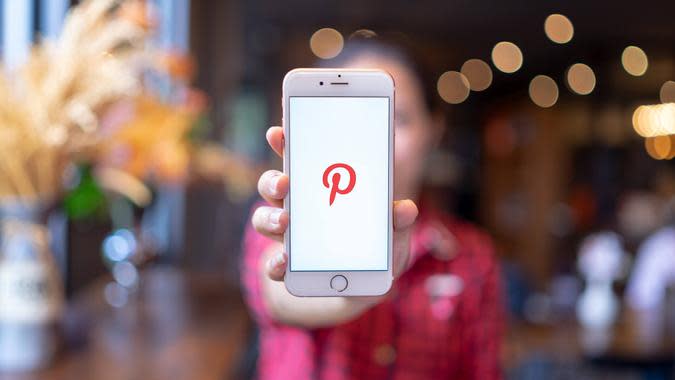
Pinterest went public in April 2019 -- a decade after the digital pinboard company was first founded. Its valuation at the time of its IPO was $12.7 billion, according to Crunchbase.
Despite its popularity -- with more than 450 million users around the world, down from nearly 480 million in Q1, according to Statista -- the company is still not profitable.
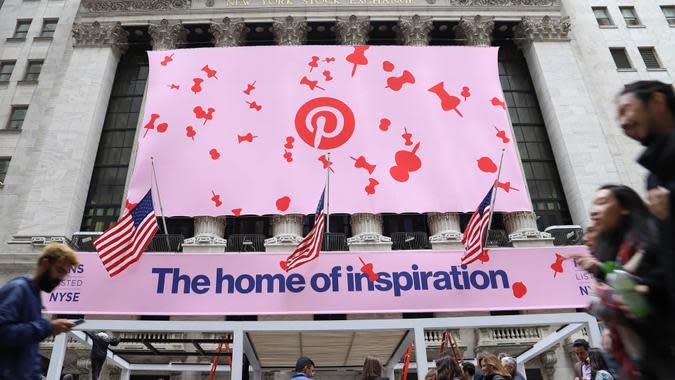
Why Pinterest Isn't Profitable
Pinterest fell from its high of around $90 per share earlier in 2021 to its current $20ish -- but it might soon actually turn a profit. In June 2021, Yahoo reported that the company was essentially operating at break-even. Its analysts speculated that Pinterest was nearing the point where Facebook was when it first began amassing profits and that Pinterest would likely start doing the same thing soon itself. But at the close of Q4 2022, Pinterest reported net losses of $96 million.

Snap
When Snap Inc. went public in 2017, it was valued at $24 billion -- the biggest initial public offering in years, the Financial Times reported. However, years later, the company is still not profitable. In April 2019, a Financial Times analysis calculated that the company would run out of funds in three years if that didn't change.
$2,000 Quarter? Check Your Pockets Before You Use This 2004 Coin
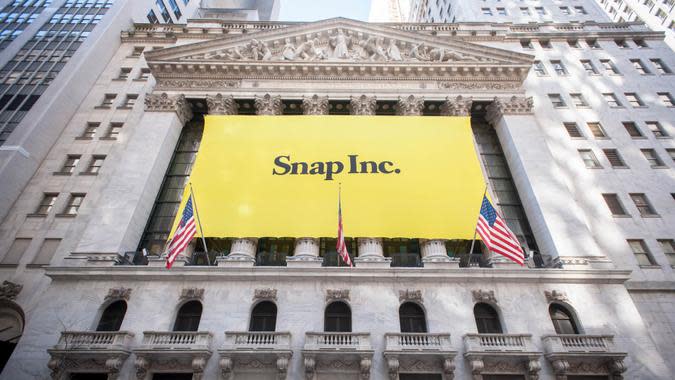
Why Snap Isn't Profitable
Like so many other companies on this list, Snap had long prioritized growth over profitability, according to Crunchbase. Today, it's experiencing strong revenue growth that is impressing both investors and Wall Street alike, according to Investor's Business Daily. That, however, is no guarantee. At the end of 2020, Nasdaq reported that Snap still wasn't profitable three years after its IPO and was still three years away from breaking even. But in 2022, even though revenue continued to grow, Snap reported a loss of $1.4 billion.
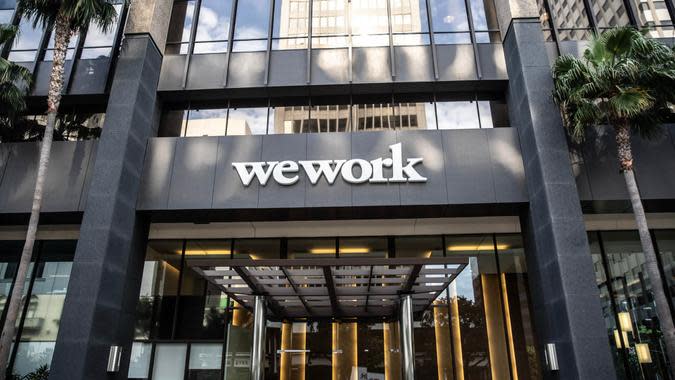
WeWork
WeWork co-founder Adam Neumann set out to change the way people work by establishing collaborative co-working spaces catering to younger workers. He also had plans to expand the brand to residential and educational spaces, too. Then, the company's failed IPO filing in August 2019 threw a wrench in the gears -- but the worst was yet to come.
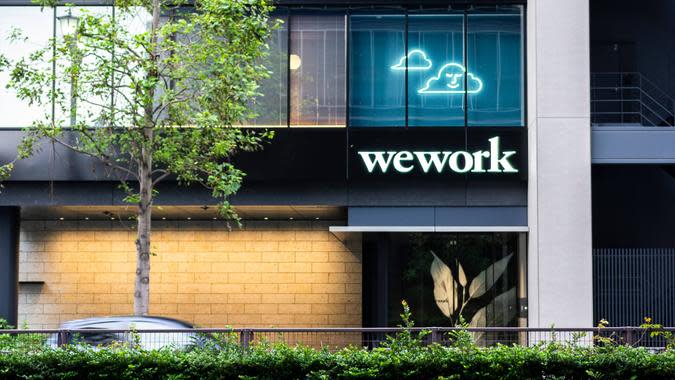
Why WeWork Isn't Profitable
By July 2019, WeWork was losing $219,000 every hour, the Financial Times reported. The company's disastrous attempt to go public resulted in a management shakeup -- and then the pandemic came. The virus closed offices around the world, suffocating the company's shared-workspace business model. WeWork lost 30% of its customers, according to The Guardian, as revenues were cut in half and losses topped $2.1 billion. Even so, at the start of 2021, the company's CEO announced that WeWork was on track to be profitable by the end of the year. But losses have continued to mount. The company ended 2021 with $4.6 billion in losses, and 2022 with $2.3 billion in losses.
See: 6 Richest People in the World You've Never Heard of
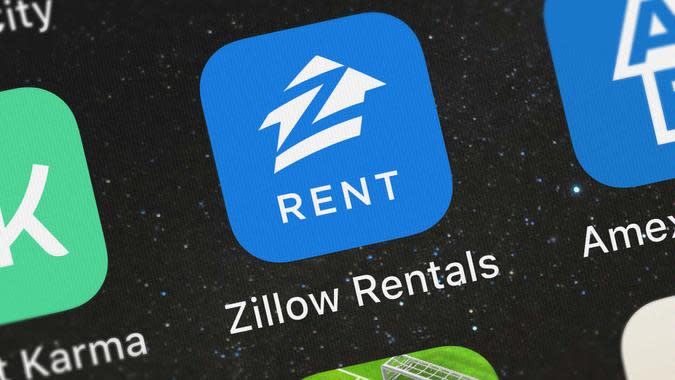
Zillow
Zillow was founded in 2005 and went public in 2011. At the time of its IPO, Zillow's valuation was $540 million with an initial share price of $20, according to Crunchbase. Now, shares are worth around $40.
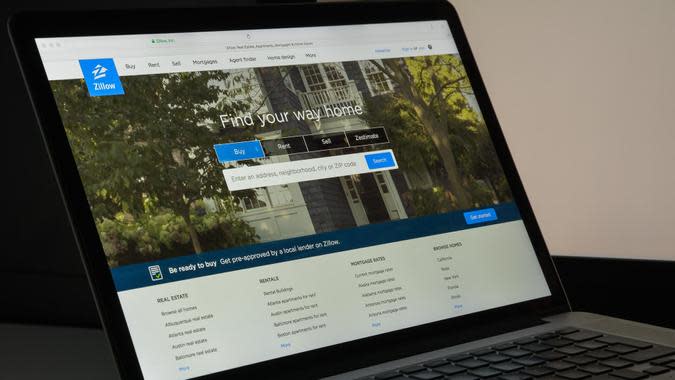
Why Zillow Isn't Profitable
In February 2020, Zillow announced it was moving away from its core business and moving toward a new model of buying houses directly from sellers and flipping them to new buyers. That kind of ambition requires a profit-gobbling level of investment, particularly considering that the first thing the new project did was lose millions of dollars, according to CNN Business.
One year later in February 2021, however, Zillow posted not just a profit, but its highest profit ever thanks to demand from a red-hot housing market. But in August, Barron's reported that Zillow's commitment to investing in the business was still hampering profits on the year. In 2022, they reported a net loss of $72 million.
More From GOBankingRates
Laura Beck and Gabrielle Olya contributed to the reporting for this article.
This article originally appeared on GOBankingRates.com: 8 Famous Companies That Aren’t Profitable

 Yahoo Finance
Yahoo Finance 